Heliotrope: [Cultivation, Irrigation, Associations, Pests and Diseases]
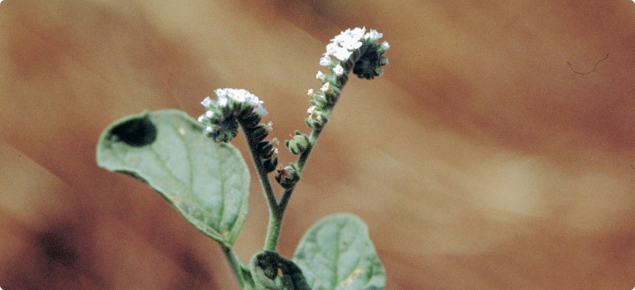
Important points when sowing Heliotrope
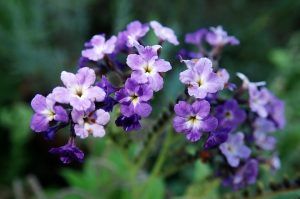 Where to sow? Shade or semi-shade. Little sunlight.
Where to sow? Shade or semi-shade. Little sunlight.- When? In summer by cuttings and in spring by seeds.
- How do we prepare the land? removed. Neutral and slightly acid soils, rich in nutrients and withorganic substrate.
- How do we water? With drip.
- How often do we water? Abundant. The rest of the year spaced and scarce irrigations.
- Plagues and diseases? It attracts pollinating insects but not pests. Fungi due to excess watering.
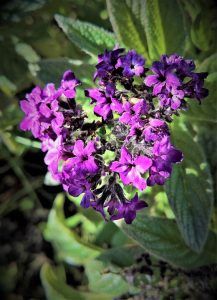 The heliotrope is a sarmentose medicinal plant that belongs to the Boraginaceae family and is known as: violoncillo, as well as mule grass.
The heliotrope is a sarmentose medicinal plant that belongs to the Boraginaceae family and is known as: violoncillo, as well as mule grass.
It lives in humid forests and receives the scientific name of Peruvian heliotrope. It is a genus that is made up of more than 250 annual species, including: arborescens and corymbosum.
One of the most outstanding characteristics of the heliotrope is its purple -mauve flowers and the deep aroma of vanilla that both the flower and its leaves give off.
The heliotrope owes its name to a mineral that comes from Brazil, the Czech Republic, Russia, Australia, China and India. The stone is a variety of chalcedony, used by medieval Christians to carve images of the crucifixion.
The name of the plant comes from the Greek Helio which means sun and Tropein which means to turn, that is to say that like the Sunflower, this plant always turns towards where the sun is; he turns his gaze to the sun.
Medicinal properties are attributed to the heliotrope to reduce inflammation of all kinds; as a healing agent; depurative diuretic; it is used to wash and clean wounds; and as a treatment against ulcers.
When to sow the heliotrope?
The sowing or reproduction of the heliotrope must be done through seeds or cuttings. It should be done during the spring.
Where to do it?
 For the heliotrope, it is of the utmost importance to be located in outdoor spaces, where it is in full sun, since, otherwise, its flowers will not open or delight in the “king star”.
For the heliotrope, it is of the utmost importance to be located in outdoor spaces, where it is in full sun, since, otherwise, its flowers will not open or delight in the “king star”.
But just a few hours, that will be enough. It is also sensitive to frost, hence the ambient temperature should not drop below 7º C, being the ideal for cultivation 21º C.
As prevention for cold nights, it should be covered with plastic or cover the stems with straw tied to the trunk.
How to prepare the land?
To prepare the soil for the heliotrope, it is important to take into account that the plant accepts any type of soil. Although the best soils are clayey or loamy. With regard to pH, this plant requires neutral or slightly acidic soils.
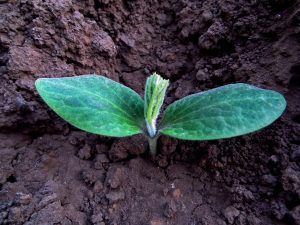 Compost can be used to fertilize the soil and during the summer it should be cared for with liquid fertilizers added with irrigation, every 15 days to keep the plant strong and healthy.
Compost can be used to fertilize the soil and during the summer it should be cared for with liquid fertilizers added with irrigation, every 15 days to keep the plant strong and healthy.
The best soils for the heliotrope are those that have very good drainage capacity, because it requires moisture, but without waterlogging.
Another advantage of offering a good type of soil to the heliotrope is that it can grow healthy and produce up to 5 times more.
How do we water the heliotrope?
 Irrigation should be done with the fertilizer and at a time when the sun is very soft. In outdoor plants, watering should be done first thing in the morning.
Irrigation should be done with the fertilizer and at a time when the sun is very soft. In outdoor plants, watering should be done first thing in the morning.
In this way the water will be better used by its roots. Using sprinklers or diffusers to water will be the best way to avoid fungi.
Regular watering ensures the abundance of aromatic heliotrope flowers. therefore 2 to 3 times a week in summer and during autumn every 15 days, and in winter very little or almost nothing, will be enough for the plant.
How do we plant a heliotrope step by step?
Germination occurs at a temperature between 15-20ºC in a period of 15-20 days. Heliotrope can be planted in pots or directly in the ground in the garden.
Check and select the space for cultivation, verifying the type of soil, which can be neutral or slightly acidic, loamy clay type and with good drainage.
Planting by seeds
- Use a container similar to a tray and fill it with universal growing medium material. Water the substrate so that it is well moistened.
- Within the mixture, at most, in each gap. Then cover them with a little substrate. Water again, this time using a spray bottle.
- Finally, put the seedbed inside a tray that does not contain holes and take it to an area outside where the sun’s rays reach it.
- After sowing, the plantations should be watered every 2 to 3 days, watering the tray that does not contain holes.
sowing in pots
- In the case of planting in pots, it is necessary to place a universal substrate and 30% perlite.
- Locate the heliotrope plant in a shaded or semi-shaded place.
- Place the plant in an environment where it is protected. It is recommended to place some species of vegetable mantles product of other crops.
- The ambient temperature should not drop below 7 degrees centigrade, since it is a plant sensitive to frost and strong winds.
What favorable associations does it have?
The association of crops of compatible plants produces benefits with respect to their cultivation separately, in addition to the use of light, water and/or nutrients.
Because it is a medicinal plant, the heliotrope plant could be associated with other bushes of the same species.
What pests and diseases attack the heliotrope?
 The aroma given off by the flower and the stem of the heliotrope make it very appetizing for insects such as butterflies, bees or wasps, helping the plants to bear fruit and give seeds.
The aroma given off by the flower and the stem of the heliotrope make it very appetizing for insects such as butterflies, bees or wasps, helping the plants to bear fruit and give seeds.
However, it is not related to pests or any type of disease, but care must be taken with excess watering, which could cause root rot problems.
Bibliography and references
- Encyclopedia My first knowledge about Plants, Snakes and Conservation. (1961). Spanish edition by Dr. Frank Thompson. Grolier Publisher Incorporated New York. Printed in Mexico.
- Master F. Cristina; Ladero M., Santos, B. Maria T.; Alonso, B. Maria T; and Ladero, S. Ignacio. (2009, July). Spanish medicinal plants. Giennenses Institute Bulletin. No. 200. Spain.
digital database
- Consultaplantas.com. Heliotrope plant care. Reproduced from: http://www.consultaplantas.com/index.php/plantas-por-nombre/plantas-de-la-da-la-l/412-cubiertas-de-la-planta-heliotropium-peruvianum-o -heliotrope
- Agromatic.es. The heliotrope. Reproduced from: https://www.agromatica.es/el-heliotropo/
- Let’s talk about flowers.com. Heliotrope, care, meaning and more of this medicinal plant. Reproduced from: https://hablemosdeflores.com/heliotropo/
- Granados, Kerys. Heliotrope, origin, cultivation, characteristics, care, and more. Ourflora.com. Reproduced from: https://nuestraflora.com/c-flores-de-sombra/heliotropo/
- Viveroanasac.Cl. Heliotrope. Reproduced from: https://www.viveroanasac.cl/product/heliotrope/

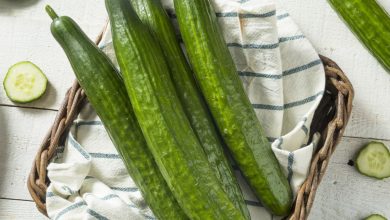
![Photo of [14 Types of Indoor Plants] to Have at Home](https://www.complete-gardening.com/wp-content/uploads/2022/08/14-types-of-indoor-plants-to-have-at-home-390x220.jpg)
![Photo of Lobularia Maritima: [Cultivation, Care, Pests and Diseases]](https://www.complete-gardening.com/wp-content/uploads/2022/08/lobularia-maritima-cultivation-care-pests-and-diseases-390x220.jpg)
![Photo of Basil Cuttings: [Concept, Season, Rooting and Planting]](https://www.complete-gardening.com/wp-content/uploads/2022/08/basil-cuttings-concept-season-rooting-and-planting-390x220.jpg)